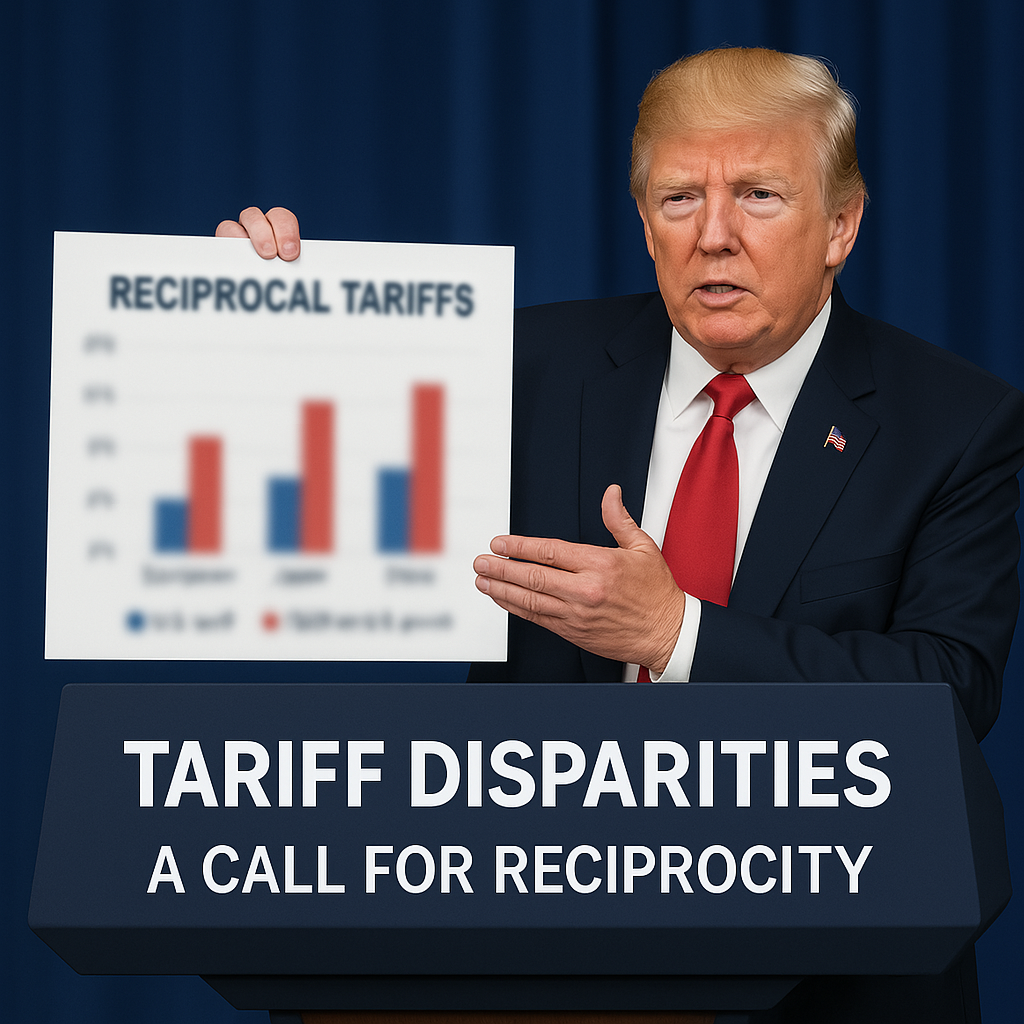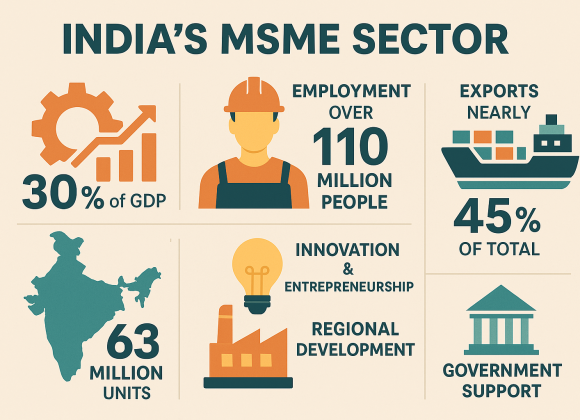The return of Donald Trump to the White House has stirred major waves in global trade. With the recent initiation of “reciprocal tariffs”—a campaign promises from both his 2016 and 2024 runs—the U.S. trade landscape has entered a bold new phase. But what exactly are reciprocal tariffs? How do they work? And more importantly, what do they mean for businesses, consumers, and global markets?
Let’s break it all down.
What Are Reciprocal Tariffs?

At the heart of Trump’s trade policy is a concept rooted in fairness: if a foreign country imposes high tariffs on U.S. exports, the U.S. will now match those tariffs on imports from that country.
For example, if India places a 70% tariff on American motorcycles, the U.S. will now place a 70% tariff on Indian motorcycles. It’s a “mirror” approach meant to address decades of perceived trade imbalances.
Trump describes it as “restoring fairness and respect in trade relationships.” However, critics argue it risks escalating trade tensions into full-blown trade wars.
Tariff Structure: What’s New?
As of April 5, 2025, a universal baseline tariff of 10% now applies to all goods entering the U.S. regardless of origin.
Then, on April 9, 2025, Trump activated the “Reciprocity Adjustment Index”, where countries with large trade surpluses with the U.S. face significantly higher tariffs. Here are some key examples:
| Country | Reciprocal Tariff Rate | Total Tariff (Including Base) |
|---|---|---|
| China | 115% | 125% |
| Vietnam | 36% | 46% |
| Japan | 14% | 24% |
| EU Nations | 10% | 20% |
This is in addition to any anti-dumping, countervailing, or Section 301 tariffs already in place.
How Will It Work in Practice?
Importers will now need to:
- Determine the country of origin for each product.
- Calculate the total tariff due, using new software or customs brokers.
- File cargo data with U.S. Customs before arrival.
- Pay duties within 10–30 days of shipment clearance.
This adds significant complexity and cost, especially for small businesses and importers dealing with multi-origin supply chains.
International Fallout: Retaliation Begins
As expected, these tariffs have not gone unnoticed. Several countries have already responded:
China
China immediately imposed retaliatory tariffs, raising duties on U.S. goods to 84%, and is tightening rules on U.S. tech firms operating in the country.
🧠 “If the U.S. chooses confrontation, we will respond decisively,” said a spokesperson for China’s Ministry of Commerce.
European Union
The EU authorized tariffs on $23 billion worth of U.S. goods, targeting products like Harley-Davidson bikes, bourbon, and agricultural exports.
Japan & South Korea
Japan has expressed “serious concern,” while South Korea is reportedly considering joining the WTO dispute resolution process.
Economic Shockwaves
Markets didn’t take the news lightly.
- U.S. Treasury yields spiked: 10-year bond yields jumped to 4.37%, signaling fears of rising inflation and lower growth.
- Major corporations are bracing: Delta Air Lines and Walmart pulled earnings guidance, citing volatility and input cost surges.
- Wall Street volatility surged, with the Dow shedding 1,200 points over two days.
Temporary Pause: A Tactical Retreat?
In a surprise announcement on April 10, 2025, President Trump paused the tariffs for 90 days, reducing the universal base tariff back to 10% (from a proposed 15%) to allow room for negotiation. Despite this pause, Trump also declared an immediate hike in tariffs on Chinese imports, raising the rate to 125 per cent from the earlier stated 104 per cent.
While this move may cool immediate tensions, trade experts warn it might be temporary:
“Trump’s pause isn’t a surrender—it’s a pressure tactic,” said Michael Froman, former U.S. Trade Representative.
What Are Experts Saying?
- Proponents argue these tariffs finally force foreign countries to negotiate fairer deals.
- Critics say they will increase costs for American consumers, stoke inflation, and harm export-dependent industries.
A recent Investopedia analysis suggests that the tariffs may lead to a recession by late 2025 if retaliations intensify.
What This Means for You
Whether you’re a business owner, investor, or consumer, here’s what to watch for:
✅ Price increases on imported goods
✅ Slower economic growth if inflation and uncertainty rise
✅ Opportunities in domestic manufacturing as imports become more expensive
✅ More volatility in global markets and exchange rates
India’s Response: Strategic Silence, Subtle Diplomacy
So far, India has adopted a cautious stance:
- No official retaliatory tariffs have been announced.
- Commerce Ministry officials have indicated that “diplomatic engagement is underway” to seek clarification on the new rules.
Final Thoughts
Donald Trump’s reciprocal tariffs are more than just a trade policy—they’re a bold statement of economic nationalism. Whether they succeed in correcting trade imbalances or trigger a global slowdown remains to be seen.
One thing is certain: this is a pivotal moment for global commerce, and the world is watching.





